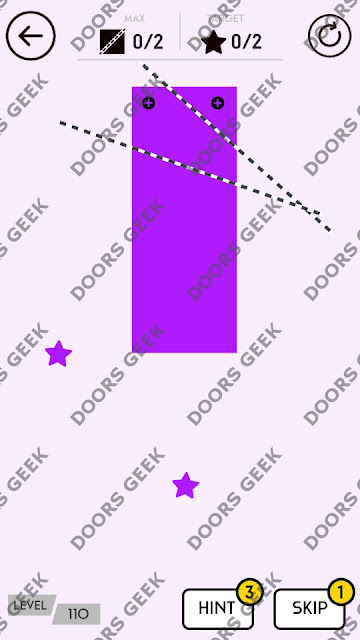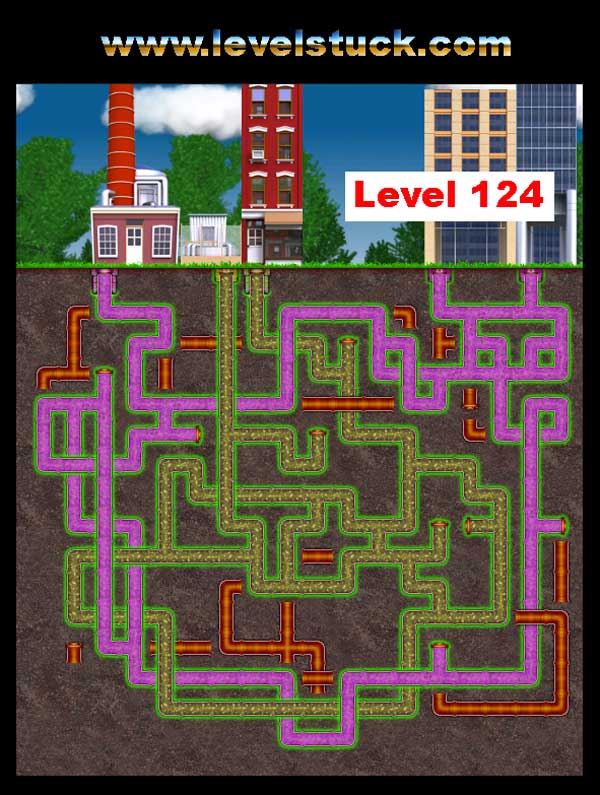

Chapter 7: Solutions A nd Solution Stoichiometry 7.1 Introduction 7.2 Types of Solutions 7.3 Solubility 7.4 Temperature and Solubility 7.5 Effects of Pressure on the Solubility of Gases: Henry’s Law 7.6 Solid Hydrates 7.7 Solution Concentration 7.7.1 Molarity 7.7.2 Parts Per Solutions 7.8 Dilutions 7.9 Ion Concentrations in Solution 7.10 Summary 7. Piperoll Level 127 Answer Piperoll level 127 has a high enough difficulty, and some players are unable to pass through this, they several times asking us about the update piperoll level 127 and now we release this piperoll hints may help you complete a level 127 which had been stopped because very difficult to resolve.

Recall from Chapter 1 that solutions are defined as homogeneous mixtures that are mixed so thoroughly that neither component can be observed independently of the other. If you live near a lake, a river, or an ocean, that body of water is not pure H 2O but most probably a solution. Much of what we drink-for example, soda, coffee, tea, and milk are solutions. Solutions are a large part of everyday life. In fact, much of the chemistry that occurs in our own bodies takes place in solution, and many solutions-such as the Ringer’s lactate IV solution-are important in healthcare.Ī lot of the chemistry occurring around us happens in solution. In our understanding of chemistry, we need to understand a little bit about solutions. In this chapter, you will learn about the special characteristics of solutions, how solutions are characterized, and some of their properties. Define these terms: solution, solute, and solvent.Distinguish solutions, mixtures, and colloids.Distinguish unsaturated, saturated, and supersaturated solutions.The major component of the solution is called solvent, and the minor component(s) are called solute. If both components in a solution are 50%, the term solute can be assigned to either component. When a gaseous or solid material dissolves in a liquid, the gas or solid material is called the solute. When two liquids dissolve in each other, the major component is called the solventand the minor component is called the solute. Many chemical reactions are carried out in solutions, and solutions are also closely related to our everyday lives. The air we breathe, the liquids we drink, and the fluids in our body are all solutions. Furthermore, we are surrounded by solutions such as the air and waters (in rivers, lakes and oceans). On the topic of solutions, we include the following sections. Types of Solutions: gaseous, liquid and solid solutions are based on the states of the solution.Solution Stoichiometry: expressing concentration in various units (mass per unit volume, moles per unit volume, percentage and fractions), reaction stoichiometry calculations involving solutions.



 0 kommentar(er)
0 kommentar(er)
